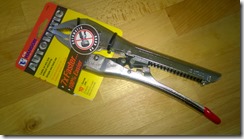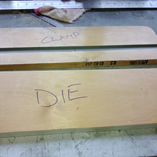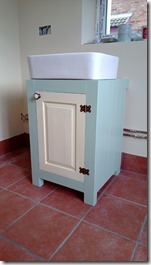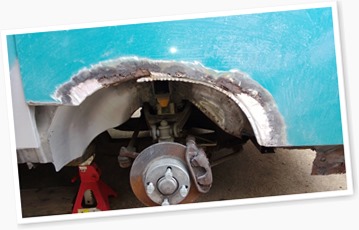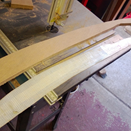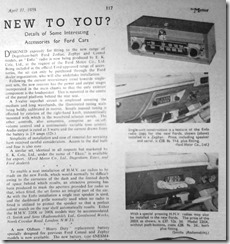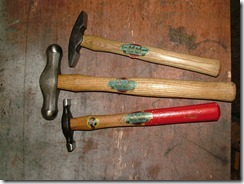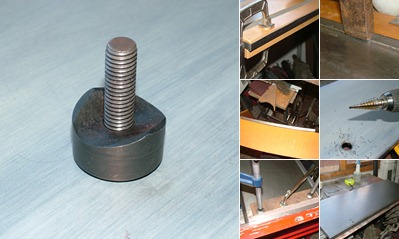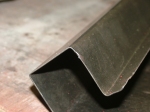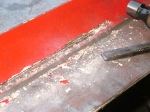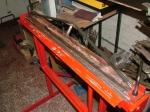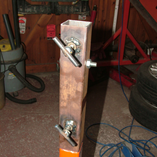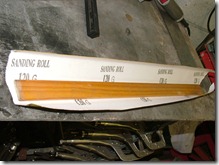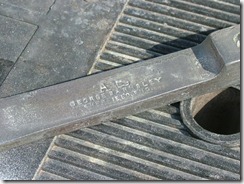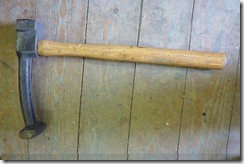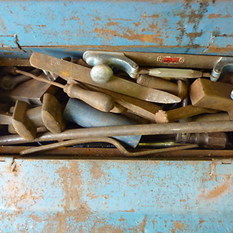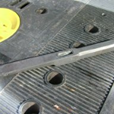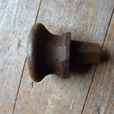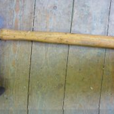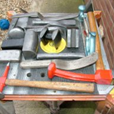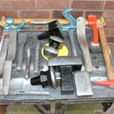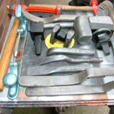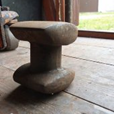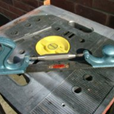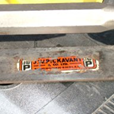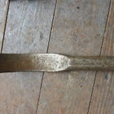This weeks project has been to make a replacement sill or as our friends across the Atlantic would say “rocker panel”. I’ve never really understood that but there you go, two nations divided by a common language.
I have never seen a replacement sill for sale either in the UK or Italy. The ones I’ve got are patches on top of patches on top of gobbo. So I scoured my manuals and pictures on the internet. Eventually I found a nice engineering drawing of the van from the side and it became apparent that the sill is essentially symmetrical, which rather pleased me because it means that one pattern fits both sides. Jules and I took some measurements and made some sketches, then it was on to a paper pattern and transferred to metal.
I had to pay particular attention to the order of operations, as ever some processes would make others impossible. So first I wheeled a crown over the entire panel. Then transferred the features from the pattern and bent the bottom lip up. These two operations gave the sheet of steel enough form to become rigid enough to handle more easily.
Next task…create the feature line about 40mm from the top bend. This gave me more grief than i expected. My cheap Chinese bead roller has never been particularly easy to drive. It’s always had a mind of it’s own and marred the work. It wasn’t any different this time! I needed to do a bit more modification to it. I filed the sharp edges from the dies. God I wish I had a lathe! And made a guide fence to ensure the lines remained straight. Eventually I recovered the situation. The marring isn’t too bad considering the panel will be protected with stone chip coating. The other side will not be a problem when I make it, the bead roller works nicely now.
The top lip was bent, as the bottom was over a long piece of steel angle. and the front and rear flanges I threw with an old adjustable spanner. To create the curve I used a combination of shrinking the flanges and wheeling with a rubber tyre. I marked it up to gimp some drain channels in the bottom edge but changed my mind at the last minute. The inner sills are sure to be bolloxed too, so I’ll put the drains in the new ones of those so they are invisible to the passing world. I’m chuffed with the result and can’t wait to make one for the other side.
This slideshow requires JavaScript.
